Healthcare costs continue to rise by leaps and bounds, but opportunities to save hundreds, possibly thousands, of dollars each year do exist. For starters, consider the following:
Avoid the emergency room (ER) when it’s not a true emergency.
Urgent-care centers can handle sprains and minor fractures (e.g., fingers, toes), and treat strep throat, ear infections, flu-like symptoms, animal bites, and rashes, among other conditions—at a fraction of the cost of an ER.
Inquire about a cash discount.
If you have a high deductible that you haven’t reached in the past, you may be able to get a discount by not using your insurance and paying cash for various healthcare services.
Ask for generic drugs.
Generic drugs can provide substantial savings over brand-name medications. If a generic is not available, in many instances there are a host of medications that treat the same condition (e.g., high blood pressure). Ask your doctor if there are effective alternatives for your situation. Purchase medications by mail in 90-day supplies to alleviate stress on your budget.
Independent radiology centers and medical labs.
These types of facilities are frequently less expensive than hospital-affiliated providers, often by a significant margin. This website can give you a price range for an imaging or lab service and calculate its fair price for your area.
Utilize your healthcare insurance plan’s free preventive-care benefits.
Medical issues detected early can be dealt with when they’re easier—and less expensive—to treat.
If you buy insurance from the exchange, shop around during open enrollment.
Change is the only constant—premiums, deductibles, copays, diminished/expanded provider networks, drug formularies, etc. The right plan this year might be the wrong one next year.

